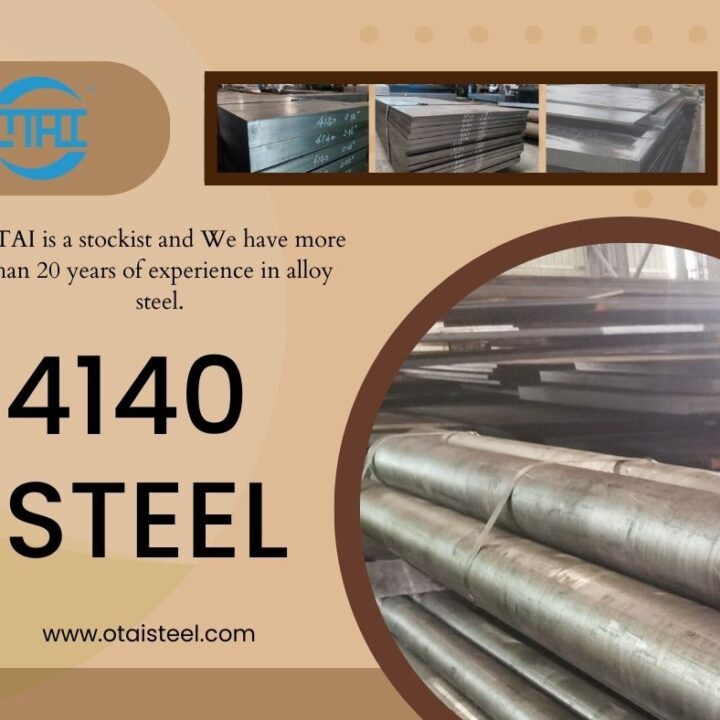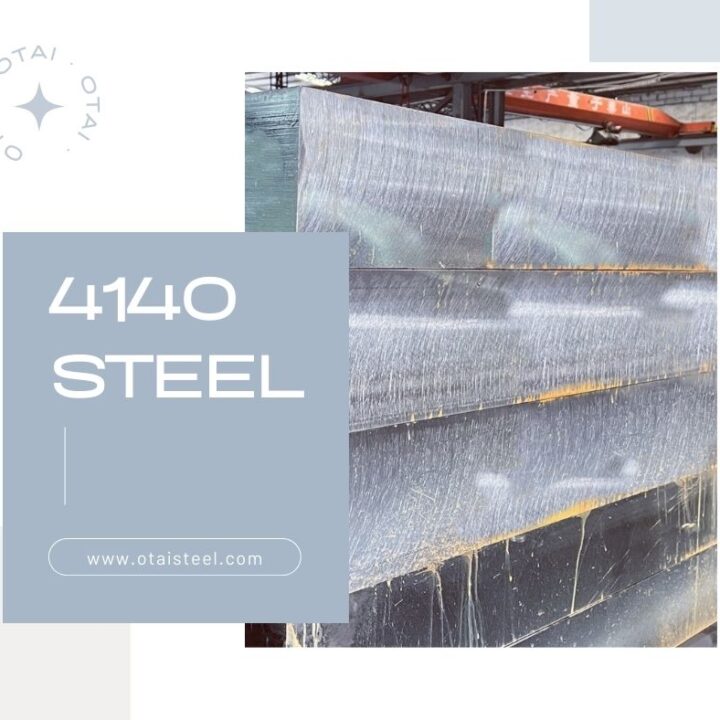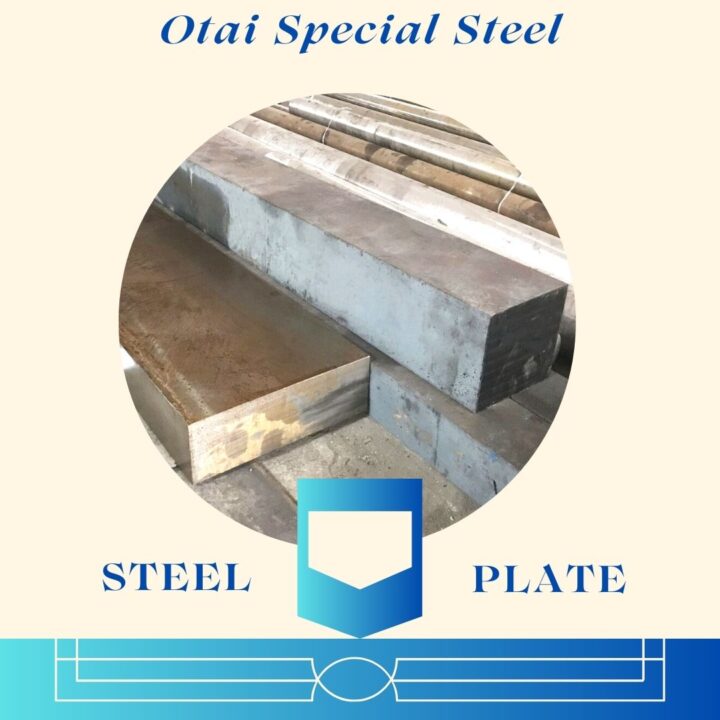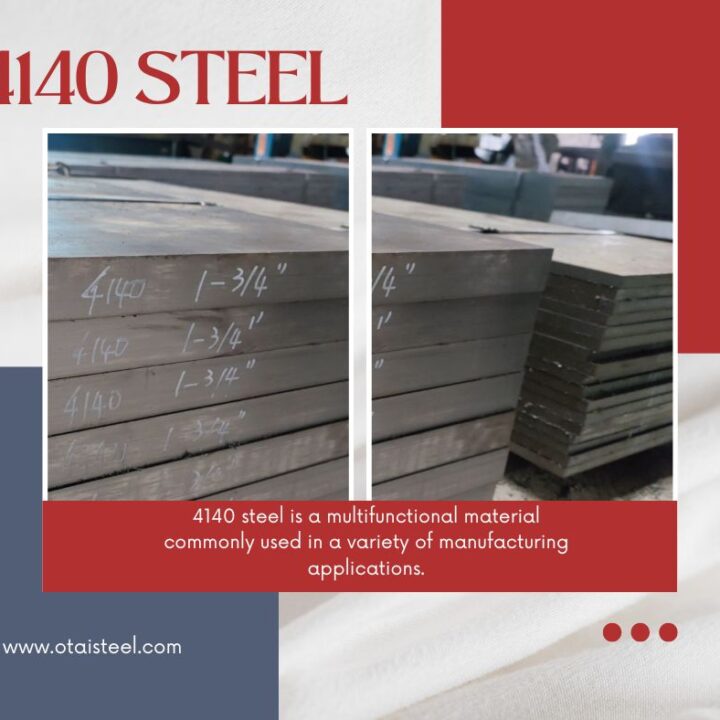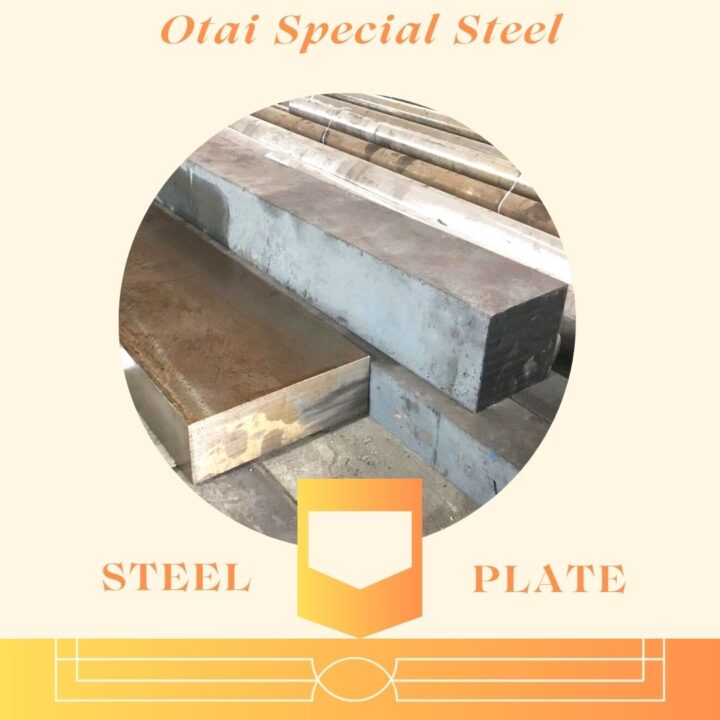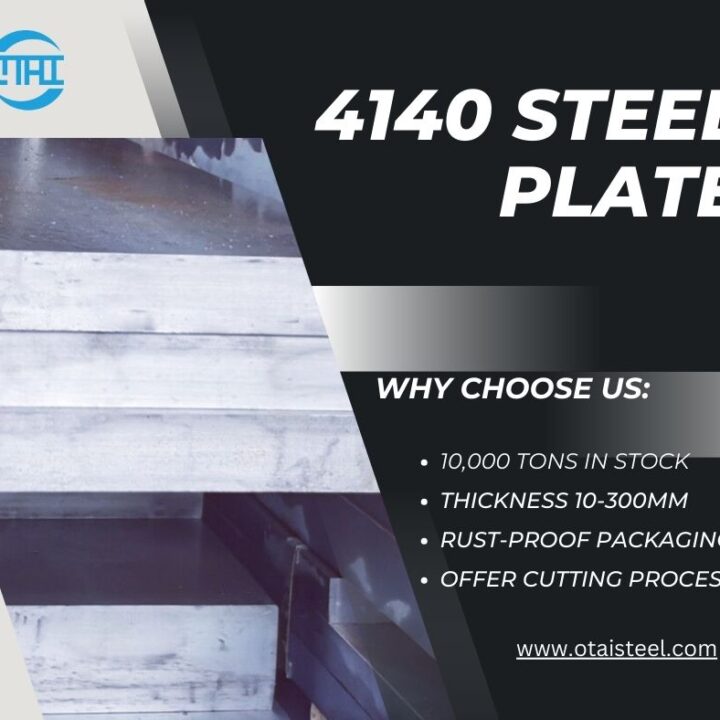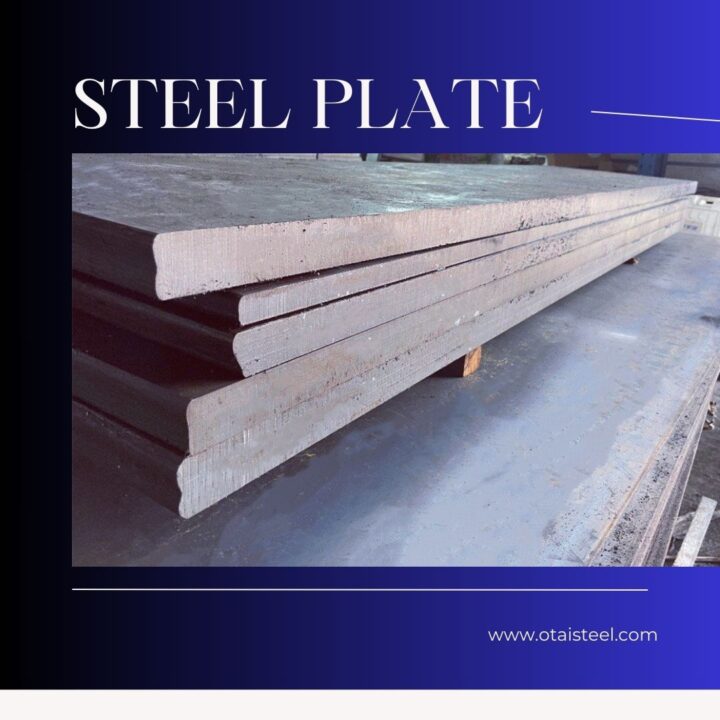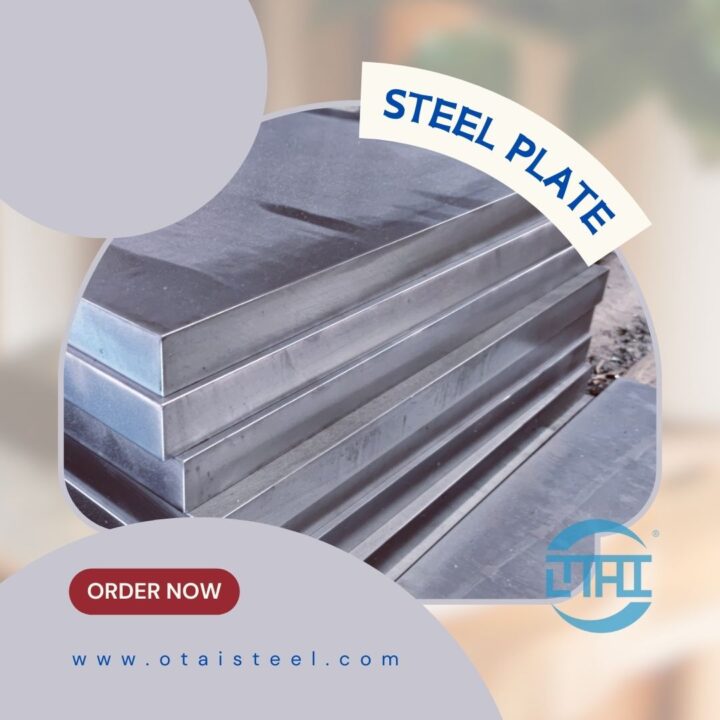4140 steel is a versatile and widely used alloy known for its high strength, toughness, and excellent mechanical properties. It is often employed in applications requiring resistance to wear, impact, and abrasion. (4140 Steel Plate Size Dimensions)
Importance of Plate Size
The size of a steel plate significantly affects its performance and functionality within a project. Selecting the appropriate plate size is essential to ensure structural integrity and prevent premature failure.
Factors Influencing Plate Size Selection
– Load and Stress Considerations
The load-bearing capacity of the steel plate must match the applied stress and load. A larger plate size may be required to distribute the load evenly and prevent overloading.
– Application and Functionality
Consider the intended application of the steel plate. Components subjected to dynamic loads, such as machinery parts, may require thicker plates for added strength.
– Fabrication and Machining Processes
The chosen plate size should align with the fabrication and machining processes involved. Larger plates may require more complex manufacturing techniques and machinery.
Standard Plate Sizes for 4140 Steel
Manufacturers often produce 4140 steel plates in standard sizes, which can range from small to large dimensions. These standard sizes are readily available and may suit various applications.
Custom Plate Sizes: Pros and Cons
Opting for custom plate sizes provides flexibility to meet specific project requirements. However, custom sizes may involve longer lead times and higher costs due to additional processing.
Selecting the Right 4140 Steel Plate Size Dimensions
– Consulting with Engineers
Collaborating with engineers or experts can help determine the ideal plate size based on structural analysis and load calculations.
– Budget and Material Availability
Consider the budget constraints and the availability of the chosen plate size. Larger plates may be costlier, and material availability could affect project timelines.
– Future Expansion and Modifications
Anticipate potential future modifications or expansion. Choosing a slightly larger plate size can accommodate changes without requiring complete replacements.
Selecting the right size for a 4140 steel plate involves a comprehensive evaluation of load requirements, application specifics, and manufacturing capabilities. Careful consideration of these factors ensures the plate’s effectiveness and longevity within the project. (4140 Steel Plate Size Dimensions)
